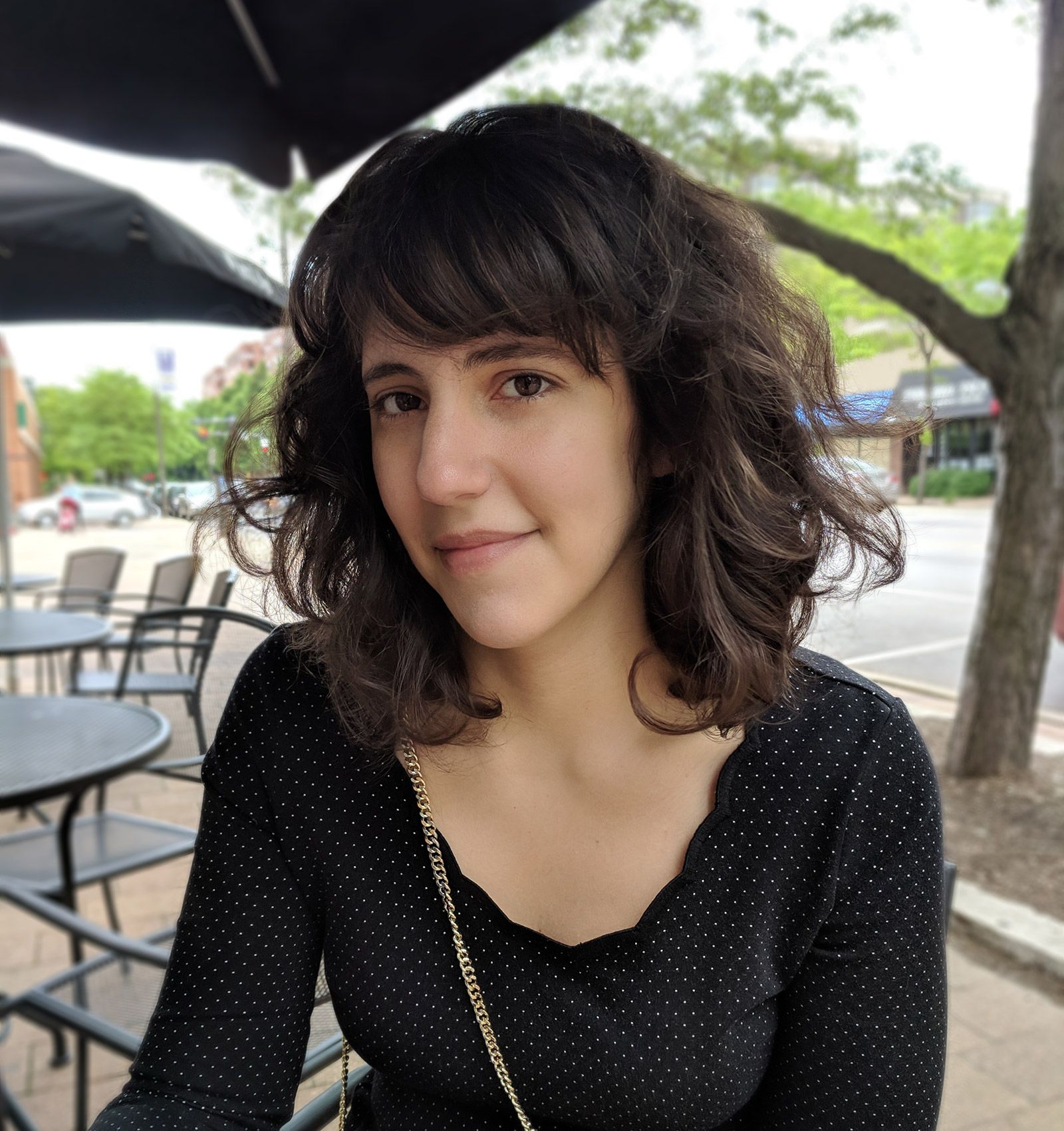Hi! My name is Maria Betto.
I am an Assistant Professor of Economics at Johns Hopkins University. My research interests are in Microeconomic Theory, including Choice and Decision Theory, Auctions, Information and Mechanism Design.

Research
Publications
Asymmetric All-Pay Auctions with Spillovers
with Matthew W. Thomas, Theoretical Economics, 2024
When opposing parties compete for a prize, the sunk effort players exert during the conflict can affect the value of the winner’s reward. These spillovers can have substantial influence on the equilibrium behavior of participants in applications such as lobbying, warfare, labor tournaments, marketing, and R&D races. To understand this influence, we study a general class of asymmetric, two-player all-pay auctions where we allow for spillovers in each player’s reward. The link between participants’ efforts and rewards yields novel effects — in particular, players with higher costs and lower values than their opponent sometimes extract larger payoffs.
Working Papers
Cognition in Preferences and Choice
This paper models and analyzes the role of cognition in the refinement of preferences and choices. As cognition increases, choices become more selective, resulting in narrower sets of preferred options and finer rankings. To characterize this behavior, the classical rational-choice framework is extended through the introduction of a modified version of the Weak Axiom, called the Weak Axiom of Revealed Preference Difficulty (WARPD). The paper shows that WARPD is equivalent to an interval-valued utility representation, where the size of the interval decreases monotonically with cognition. It also demonstrates that WARPD is equivalent to a fuzzy rationalizability concept, implying that cognition-dependent choices satisfying WARPD can be represented by a complete and transitive fuzzy binary relation. Finally, the paper describes two applications which highlight how consumers’ choice coarseness influences firms’ strategic pricing decisions in different competitive settings.
Works in Progress
Choice over Assessments [Slides]
with Matthew W. Thomas
There are many settings where agents with differing types choose among assessments that attempt to measure these types. For example, students may take either the SAT or ACT. Bond issuers may choose between the three main rating agencies. Assessments that provide higher ratings are obviously preferable to all agents. Preferences over risk are less obvious. Intuitively, low types prefer less accurate assessments because they can benefit more from mistakes. High types prefer more accurate assessments because they benefit from an accurate description of their type. We propose a condition on the assessments that ensures agents will choose them in an assortative manner. If the assessments have only two scores, this condition implies Blackwell’s informativeness criterion. However, this does not hold with three or more scores. When the assessments give the same unconditional distribution of scores, our condition implies the concordance order. We extend the analysis to repeated testing and mechanism design. We show that a principal can use menus of garbled assessments to improve the informativeness of high scores.
Education
Northwestern University
PhD in Economics, Jun ’24;
MA in Economics, Jun ’18
Committee: Marciano Siniscalchi (co-chair), Alesssandro Pavan (co-chair) and Wojciezch Olzweski
Fields: Microeconomic Theory, Econometrics, Industrial Organization
Fundação Getulio Vargas
MS in Business Economics, Jan ’17;
BA in Economic Sciences, Dec ’14
Thesis: Dynamic Markets for Lemons
Best student of the ’14 graduating cohort (valedictorian)
Experience
Johns Hopkins University
Assistant Professor, Jul ’24 – present
Topics in Game Theory and Economic Theory (PhD 676), Microeconomic Theory II (PhD 602), Market Design (244)
Northwestern University
Teaching Assistant, Sep ’18 – Jun ’24
Game Theory (PhD ECON 410-3), Game Theory (MMSS 311-1), Social and Economic Networks (MMSS 211-3), Economics of Risk and Uncertainty (ECON 331-0), Intermediate Microeconomics (ECON 310-1 and ECON 310-2), Introduction to Microeconomics (ECON 202-0)
Won the Distinguished Teaching Assistant Award 2022-23
Teaching Materials
Notes on All-Pay Auctions
Detailed notes on the equilibrium construction of the symmetric all-pay auction with complete information.
A Gentle Introduction to the Edgeworth Box and Pareto Efficiency
Slides with basic concepts and examples for working through Edgeworth Box-type problems.
Presentations
2025
NYU, Purdue, UC Irvine
2024
Arizona State University, Brazilian Econometric Society, Columbia University, Johns Hopkins University, Kansas Workshop in Economic Theory, Kellogg School of Management, Northwestern University, Penn State, Rutgers University, Stanford GSB, UC Davis, University of Notre Dame
Refereeing
American Economic Review, Games and Economic Behavior, Journal of Mathematical Economics
Contact
Department of Economics
Johns Hopkins University
Wyman Park Building 5th Floor
Baltimore, MD 21211
Phone: +1 410 516 7601